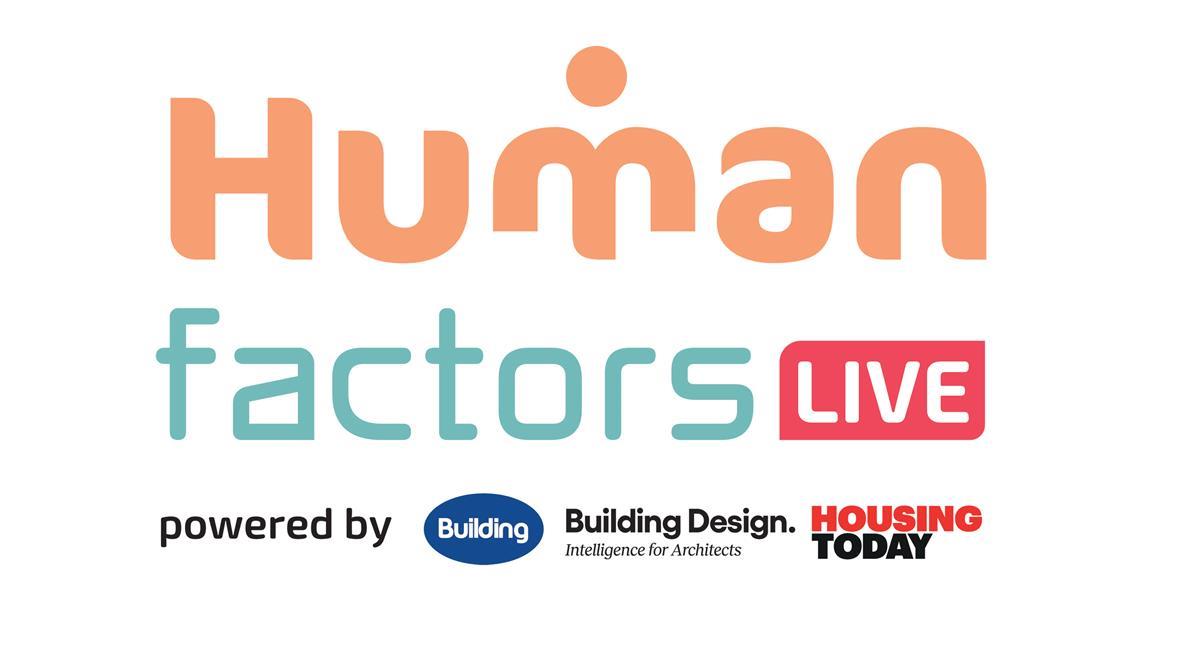- Home
 What made this project… 100 Fetter Lane by Fletcher Priest Architects
What made this project… 100 Fetter Lane by Fletcher Priest Architects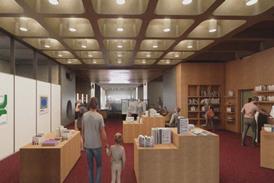 Allies and Morrison submits plans for refurbishment of the Barbican library
Allies and Morrison submits plans for refurbishment of the Barbican library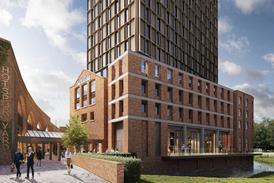 Hodder & Partners submits updated plans for student tower at historic Manchester mill hit by fire last summer
Hodder & Partners submits updated plans for student tower at historic Manchester mill hit by fire last summer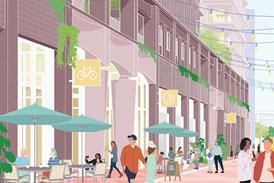 Metropolitan Workshop picked to design three towers next to Stratford station
Metropolitan Workshop picked to design three towers next to Stratford station
- Intelligence for Architects
- Subscribe
- Jobs
- Events

2025 events calendar Explore now 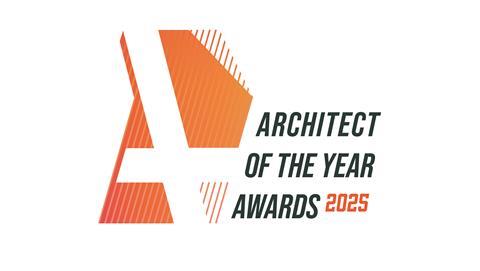
Keep up to date
Find out more
- Programmes
- CPD
- More from navigation items
Cat A waste – ‘can we fix it, yes we can’

The commercial office sector continues to churn out unnecessary waste through outdated Cat A fit-out practices. John McRae reports on efforts to fix the system from within
I recently chaired a panel presentation and discussion (on behalf of Recolight and the End Cat A Lighting Waste campaign) about the construction industry’s dirty secret: Cat A office waste. It was an event attended by a passionate gathering of developers, clients, designers, project managers and product reuse manufacturers at Hoare Lea’s offices in Kings Cross.
Category A (Cat A) is a term used in the commercial office sector to describe the level of specification delivered by developers and landlords in order to attract occupiers. Typically, the interior of an entire office building (whether it is 2,000 or 200,000+ sq ft) is fitted out with mechanical and electrical services, a raised floor and some form of metal suspended ceiling with integral light fittings to a generic open-plan layout.
…
This content is available to registered users | Already registered?Login here
You are not currently logged in.
To continue reading this story, sign up for free guest access
Existing Subscriber? LOGIN
REGISTER for free access on selected stories and sign up for email alerts. You get:
- Up to the minute architecture news from around the UK
- Breaking, daily and weekly e-newsletters
Subscribe to Building Design and you will benefit from:

- Unlimited news
- Reviews of the latest buildings from all corners of the world
- Technical studies
- Full access to all our online archives
- PLUS you will receive a digital copy of WA100 worth over £45
Subscribe now for unlimited access.


